
Belgian cartoonist Georges Remi, better known as Hergé, published the first Tintin adventure in the Catholic magazine Le Vingtième Siècle in 1929. The final, unfinished Tintin book, Tintin and Alph-Art, appeared in 1986, three years after Hergé’s death. During that time, Tintin evolved; the first volume, Tintin in the Land of the Soviets, is clumsy anti-communist propaganda, while later volumes are better researched and less xenophobic.
The series captures 20th-century history, providing a lens on events like the Cold War and the 1931 Manchurian Incident. The boy reporter never filed a story but enjoyed plenty of action, thwarting forgers and scaling the Himalayas.
This is usually a music blog but, given the name “Aphoristic Album Reviews”, comic book albums qualify. There’s also at least one link between the Tintin series and popular music – 1980s synth-pop band the Thompson Twins took their name from the series’ accident-prone pair of detectives.
Here are my rankings for the 24 Tintin adventures. My favourites largely come from the 1940s and 1950s; the series had matured and Hergé had developed important support characters like Captain Haddock and Professor Calculus.
Tintin Books Ranked
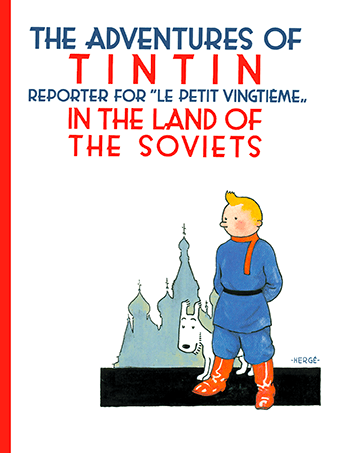
#24 Tintin in the Land of the Soviets
1930
Hergé’s first Tintin story is primitive compared to his later work. The illustrations are rudimentary and it wasn’t issued in colour until 2017, but it’s the flimsy plotline that’s more of an issue. Noone reads Tintin for realism, but the incident when Tintin carves two aeroplane propellers from a tree, using only a penknife, pushes credibility. Even more troubling is that, compared to Hergé’s later, carefully researched works, Tintin in the Land of the Soviets is effectively an anti-Marxism pamphlet in the form of a comic book.

#23 Tintin in the Congo
1931
Congo is another formative work from Hergé – again, it was developed as propaganda, extolling the benefits of Belgian colonialism. It’s a step forward from Land of the Soviets in terms of storytelling and it’s been available in colour for longer. But it’s disorienting to see our hero demeaning a “rotten little train” and blowing up a peacefully grazing rhinoceros with dynamite.
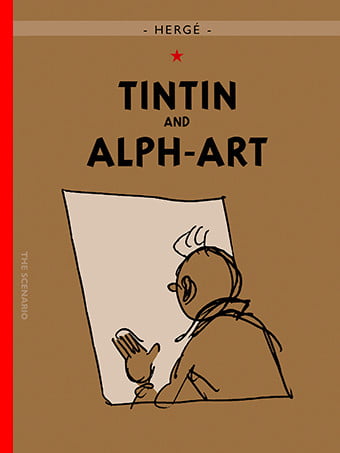
#22 Tintin and Alph-Art
1986
Alph-Art was incomplete at the time of Hergé’s death, but it’s a radical departure from his other work. The draft sketches have been released as an album, but the plotline is left unfinished. Some of the unfinished sketches at the end present surprising possibilities – a hashish smoking, modern art-connoisseur Captain Haddock and the unlikely return of arch-nemesis Rastapopoulos.
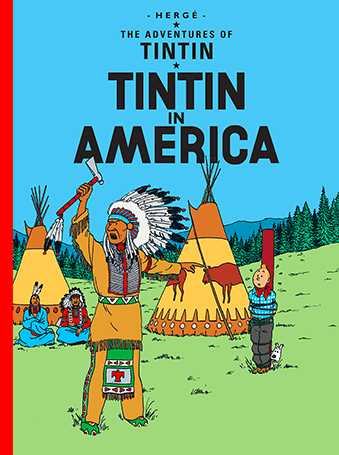
#21 Tintin in America
1932
Hergé still hadn’t hit his stride by the third Tintin book – it abandons any form of a plot for a series of improbable escapes. Following the racism of Tintin in the Congo, there’s a more developed social conscience here. There’s a sympathetic portrayal of Native Americans displaced by their land by oil barons, although Tintin is largely an oblivious tourist.
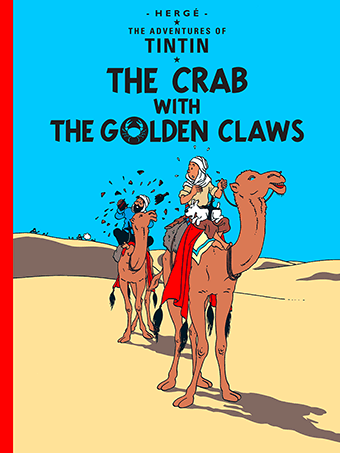
#20 The Crab with the Golden Claws
1941
The Crab with the Golden Claws is notable for the introduction of the irascible Captain Haddock. He quickly becomes the second-most important character in the comic strip, thriving as a more human counterpoint to the boy-scout purity of Tintin. But the plot is a tame retread of Cigars of the Pharaoh, set in Morocco instead of Egypt and India.
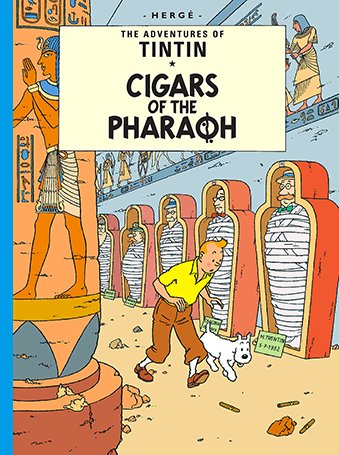
#19 Cigars of the Pharaoh
1934
The first part of a two-volume series, culminating in The Blue Lotus. The story’s too fast-paced and fanciful to rate among the best Tintin books – in particular, Tintin’s unplanned escape from Egypt to the exact location of the villains in India stretches credibility. The story introduces important secondary characters – the detectives Thompson and Thomson, and the villainous Rastapopoulos.

#18 The Broken Ear
1937
The Broken Ear is a solid early story that references the war between Bolivia and Paraguay in the 1930s. Tintin would later return to the fictional Latin American Republic of San Theodoros in his final completed adventure, Tintin and the Picaros. Onto its sixth volume, Hergé is still finding the correct tone for Tintin; the transitions between whimsical and macabre are a little too jarring here.

#17 The Shooting Star
1942
The first Tintin story originally issued in colour, The Shooting Star is a fun nautical adventure that features Captain Haddock after his debut in The Crab with the Golden Claws. The Shooting Star was published during the Second World War, while Belgium was under the control of the Nazis. Americans were originally portrayed as the main villains before it was redrawn with the fictional country of São Rico in later editions. It’s a shame that the negative portrayals of Jews weren’t also removed.
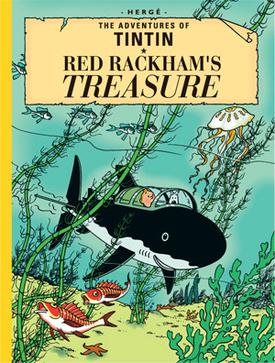
#16 Red Rackham’s Treasure
1944
After the excellent setup of The Secret of the Unicorn, the payoff in Red Rackham’s Treasure is a little disappointing. The story is padded out by long days of pumping and diving, making it more repetitive than most Tintin adventures. It does introduce Professor Calculus, who doubles as a brilliant scientist and a hard-of-hearing humour device.

#15 Tintin and the Picaros
1976
Tintin and the Picaros was the final completed Tintin book. Tintin’s change to flared trousers, and a motorcycle helmet with an anti-nuclear symbol, caused consternation with some fans. It feels a little stale in places but most of the adventures with Haddock and Calculus in tow outshine the early books without them.

#14 Flight 714 to Sydney
1968
Flight 714 was written at a time when Hergé’s productivity was slowing dramatically – its predecessor The Castafiore Emerald was written in 1963, and follow-up Picaros didn’t arrive until 1976. Possibly bored with Tintin, Hergé pushes the boundaries of the format with an unexpected ending, but it’s still a worthy adventure.
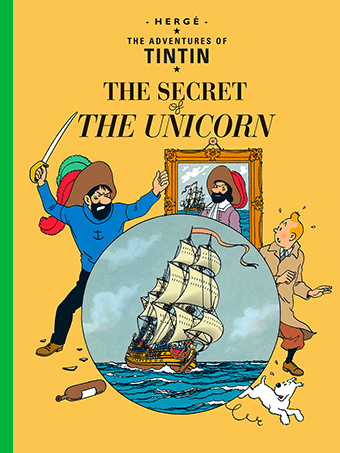
#13 The Secret of the Unicorn
1943
Captain Haddock was introduced a couple of adventures earlier but entered the spotlight for The Secret of the Unicorn. Haddock adds personality to the mystery of a sailing ship that Tintin finds in a market. After publishing the story of the Captain’s ancestor, Admiral Haddock, Hergé discovered that an actual Sir Richard Haddock served as Admiral in the British navy in the same era.

#12 The Castafiore Emerald
1963
The Castafiore Emerald is an anomaly among the Tintin books, as the action barely shifts from inside the gates of Marlinspike Estate. Like Flight 714, it indicates some boredom with the Tintin format, but it’s very good all the same. The well-developed characters are entertaining even in the absence of exotic settings and political intrigue.
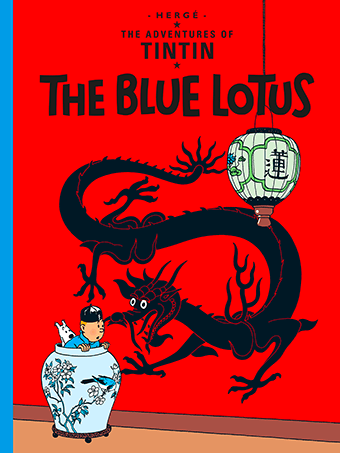
#11 The Blue Lotus
1936
The Blue Lotus is the biggest step forward in the Tintin catalogue – it marks the point when Hergé started researching his locations more deeply. The sudden transformation of Tintin from cavalier colonialist to defender of the downtrodden gives the series depth. The plot drops the manic escapades of early Tintin for more dignified and character-driven storytelling.
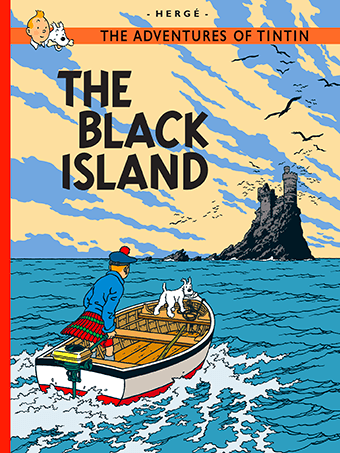
#10 The Black Island
1938
Tintin visits Scotland on his seventh adventure. The Black Island is one of the best early Tintin books, as Hergé squeezes a lot of great moments from the still small supporting cast. Snowy shows a burgeoning interest in alcohol, while the Thompsons inadvertently enter an aeronautical contest.
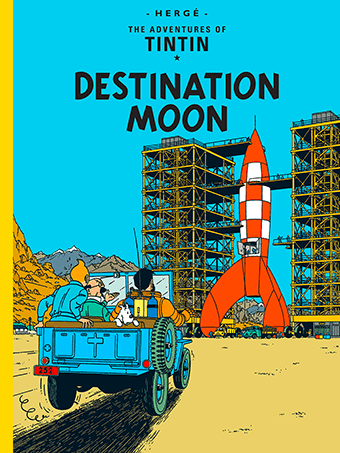
#9 Destination Moon
1953
Calculus becomes the focal character for the pair of moon books – his use of an ear trumpet temporarily displaces him from his usual comic role. On Destination Moon, Tintin and his friends prepare for a moon journey, while dealing with the rivalry between Syldavia and Borduria. The story barely shifts from outside the Syldavian scientific compound, but it’s action-packed regardless.
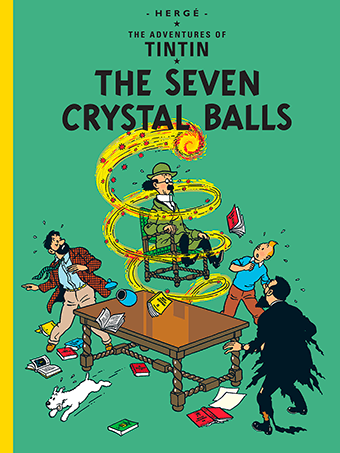
#8 The Seven Crystal Balls
1948
Inspired by the curse of Pharaoh Tutankhamun, the syndication of Seven Crystal Balls was interrupted by the Nazi occupation of Belgium. The addition of paranormal elements to a classic Tintin mystery is effective, and the story ends on a cliffhanger to be resolved in Prisoners of the Sun.
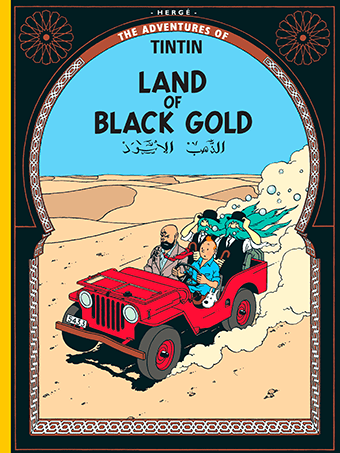
#7 Land of Black Gold
1950
The Land of Black Gold started serialisation in 1939, after King Ottokar’s Sceptre, but was interrupted by the Second World War, and wasn’t completed until 1950. This explains both the gathering clouds of war and the diminished roles of Calculus and Haddock. Despite the muddled origins, it’s a great story with some of the Thompsons’ best hi-jinks.
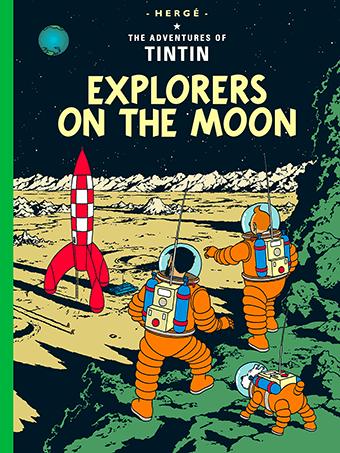
#6 Explorers on the Moon
1954
Herge’s painstaking research into spaceflight means that Explorers on the Moon, released fifteen years before the Apollo 11 mission, has aged well. While there’s a lot of scientific information, there are enough unexpected events to make Explorers on the Moon a thrilling Tintin escapade.
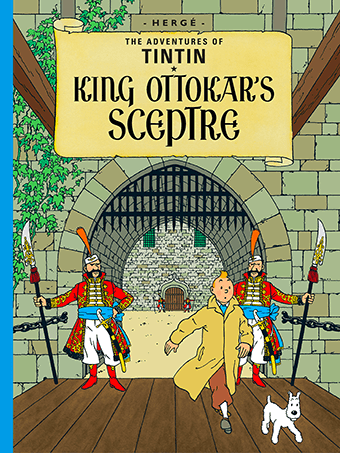
#5 King Ottokar’s Sceptre
1939
In King Ottokar’s Sceptre, Tintin travels to the fictional Eastern European country of Syldavia for the first time. It also marks the first appearance of opera singer Bianca Castafiore. It’s my favourite of the early Tintin books. It gently ramps up the tension, as Tintin finds himself in the midst of a fascist plot that mirrors the German annexation of Austria in 1938.
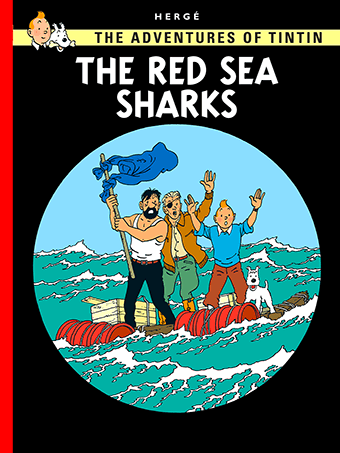
#4 The Red Sea Sharks
1958
Tintin returns to the fictional Arabian kingdom of Khemed, introduced in the Land of Black Gold. Lots of old favourites are back, including Rastapopoulos, Bianca Castafiore, Oliveira da Figueira, and Captain Allan, which alone makes it a fun adventure for dedicated fans. The climactic submarine attack is both hilarious and thrilling.
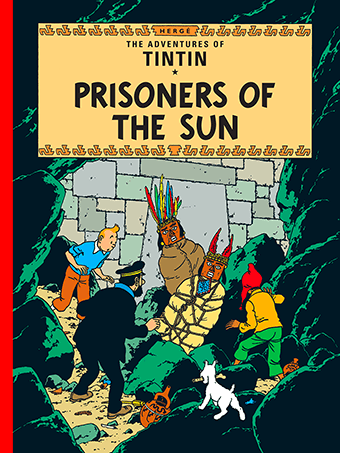
#3 Prisoners of the Sun
1949
Following the terse mystery of Seven Crystal Balls, Prisoners of the Sun travels through jungles and mountains. The deus ex machina at the plot climax is a brilliant mix of serendipity and ingenuity, while the sub-plot, where the Thompsons take up dowsing to locate their missing companions, is hilarious.
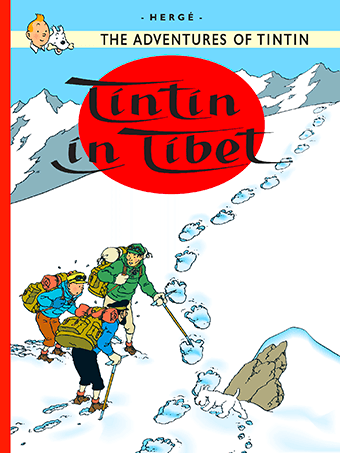
#2 Tintin in Tibet
1960
Set among the Himalayan snow, Tintin in Tibet was inspired by whiteout dreams that Hergé was experiencing during a time of personal crisis. It’s essentially a sequel to The Blue Lotus, the book that marked the series’ artistic breakthrough. It lacks a lot of the usual Tintin elements – no guns, no bad guys, no Thompsons – but there’s a lot of emotional depth for a comic, making it a fan favourite.
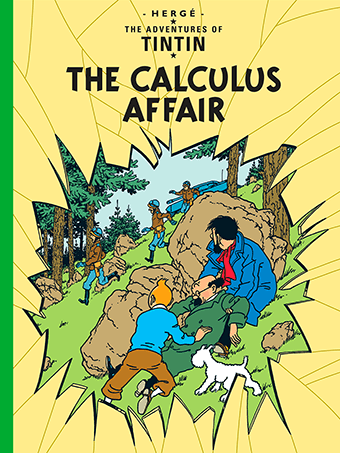
#1 The Calculus Affair
1956
While it’s not inspired directly by current events, The Calculus Affair perfectly captures the cold war tensions of the 1950s. An espionage thriller, it couples the fast-paced action of early Tintin stories with the sophistication of later adventures, creating the best Tintin book.
Did I place your favourite Tintin adventure too low? Did I underrate The Blue Lotus? Write in and let me know.
Read More
73 Comments
Leave a Reply
About
Aphoristic Album Reviews is almost entirely written by one person. It features album reviews and blog posts across a growing spectrum of popular music.
Review Pages
Read about the discographies of musical acts from the 1960s to the present day. Browse this site's review archives or enjoy these random selections:
Blog Posts
I add new blog posts to this website every week. Browse the archives or enjoy these random selections:


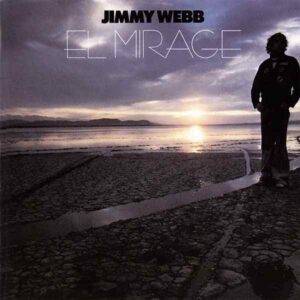


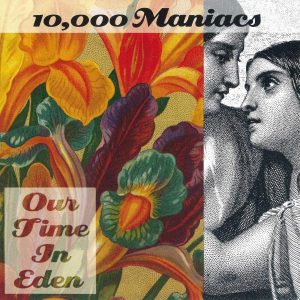

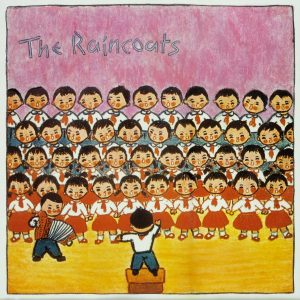

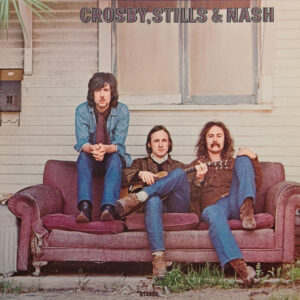





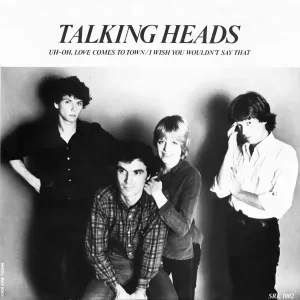
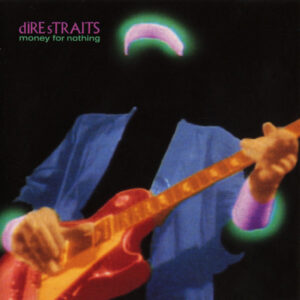
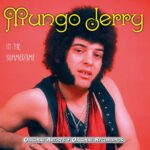

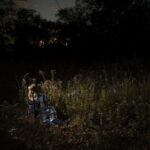
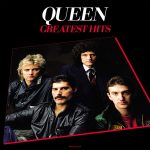
This is all new turf to me, so I’m gonna take your word (all of them!) for it!
I think it’s more of a European thing – living in New Zealand we get a bunch of UK culture and a bunch of US culture.
Oh we have Tin Tin here, and many folks love it. Just me personally I never got round to reading them. Or Asterix either, for that matter. I’d say maybe my library has it but covid.
I wonder what it would be like encountering them for the first time as an adult. Tintin is a bit more sophisticated than Asterix, especially if you start with later volumes.
If I can find them, I’ll let you know. I’d imagine they are also ‘of their time,’ so not only a first read as an adult, but a first read in 2021…
The first few clearly have issues – the first three were all commissioned as propaganda pieces effectively. The first one anti-socialism, the second pro-colonialism, and the third anti-American capitalism. The lack of female characters is an issue though.
Like a time capsule of shameful past history (some of it).
Yup, early ones are definitely a product of their time but he snapped out of it when he made a Chinese friend before writing The Blue Lotus.
Good!
I work with a service user who likes Tin Tin. One shift I had to watch four hours of back to back episodes of it to keep him happy. By the end of the evening, I wanted to slit my wrists.
I do think it works better as a book – the TV series turns it into more of an action series and loses a lot of the nuance. And the voices are always way different from the way I hear them in my head when I read.
I can see that.
Great list. In my opinion, Tintin in Tibet is the most poetic album of Hergé. It is my favorite but King Ottokar’s Sceptre is also a favorite because it was the first one that I bought and it was responsible for my love on “ligne claire” style.
Cool – both of those rank near the top for me, so glad we agree.
Great list. As I was scrolling down, I was expecting to see my favourite in 1st, and indeed I saw: the closer Tintin ever got to a cold war spy story and the better for it. I would rate the Blue Lotus higher, as well as Red Rackham Treasure (I always found it endearing rather than boring, and Calculus is at his hilarious best)
Blue Lotus and Red Rackham’s Treasure do both feel a little low – just hard to squeeze them up when there are a lot of other strong contenders.
I used to get these and Asterix books from the library way back when. Although I can’t remember the particulars (we’re talking 25+ years ago), I do remember the Moon books, Tibet, and Land of Black Gold were favourites.
Land of Black Gold is funny because it started getting serialised, but was interrupted by the second world war. When he started, Haddock and Calculus weren’t characters yet, so they’re kind of shoehorned in with minor rules.
This is completely new to me. Looks really interesting though…
As I said to Aaron, I’m not sure how someone would find them if they read them for the first time as an adult. But they are pretty nuanced for cartoons, especially if you start halfway through.
I grew up with TinTin and now I want to read them again
I bought them all when I started working full time in my early 20s.
Great stuff. I’ve read a lot of these – both in English when I was younger and then in French when I was learning – but I don’t think I’d be able to rank them anymore than thinking Tintin in Tibet and Objectif Lune were favourties.
Objectif Moon is really good given how little movement there is – they’re basically stuck in a little compound in Syldavia the whole time, but there are lots of great moments.
Great article, last night I had my son dig up a few of them out of his room. He had “King Ottokar” which I haven’t read yet so I will probably read it this weekend. I hope there’s some glass-shattering by Castafiore!
Glad you enjoyed it. I can’t remember too much glass shattering. I always think it’s funny how she’s a world famous opera star, but only seems to know one song (the Jewel Song from Faust).
I discovered Tintin as a kid on my visits to the doctor. There I sat in the waiting room reading Tintin books and hoping it would be a long while before the doctor came out. I’m sure I faked being sick from time to time just so I could read about those crazy adventures. Decades later I introduced my son to Tintin. We even saw the Spielberg movie which was pretty good. A shame they never made a sequel to it.
That’s a cool story – thanks for sharing. I think they are still planning another movie or two – just need Spielberg and Jackson’s schedules to line up.
Read them in the early 80s in Africa in elementary school. I remember how. Many kids enjoyed sharing the books
That’s so cool – glad you enjoyed them.
Wonderful. Great how you can cross over and do a post on comics. I do that all the time on my blog: there’s an implied focus on comics and pop culture but then I also do book reviews and whatever else I happen to like….and it all ends up fitting nicely into the whole.
I have all these ideas for miscellaneous blog posts but don’t usually follow through with them – I figure comic books just qualify as albums, but I should leave other things like rugby or American politics alone.
Well, I suppose us bloggers always begin with what our mood strikes us and then go from there. Some things stick in our minds and end up moving right along to full-fledged posts with the seal of approval.
A friend introduced me to Tintin when I was about ten or eleven years old (mid 70’s) and gave me King Ottokar’s Sceptre. I fell in love with the series so much, when I was fourteen (free spirit parenting back then) I started taking a two hour bus ride to the downtown San Diego library and reading them there. Loving revisiting all these books!
That’s commitment! King Ottokar’s Sceptre is a good one to start with.
Wow, great list.
I agree with you about the best ranking book. Calculus affair had always been my favourite. And I agree with most rankings on the list.
The ones I would rank higher are The Crab with the Golden Claws (Captain Haddock’s first appearance, that does the job for me!), The Secret of the Unicorn (great buildup for RR Treasure which is just a little borring sometimes as you said) and Destination Moon (for some reason I always liked it better that Explorers on the Moon, but ok, I understand why Explorers is iconic).
The ones I would rank lower are Tintin in Tibet (yes, it is beautiful, but lacks some elements I considet important for a Tintin book), Land of the Black Gold (certainly not its fault that it was written with almost 10 years gap, but still something doesn’t feel right even if there are some nice moments), Castafiore’s emerald (it’s impossible to like a story about Tintin that takes place inside a house) and Flight 714 to Sydney (funny, but at the end I was like “Aliens? Really? Even at moon there weren’t any aliens!”)
Thank you for writing in! The later books where Herge seems to get bored with the usual Tintin formula tend to be a bit divisive. I tend to like anything with Calculus and Haddock on board better than the early ones.
Destination Moon has always been my favourite. I may be the only person who got Tintin nostalgia from playing Kerbal Space Program.
The first part of his two part stories are all surprisingly strong, except Cigars of the Pharaoh – I’ve never played Kerbal Space Program though!
I will also say that Shooting Star is criminally underrated, and at the very least is superior to every Tintin story that came before it (especially Black Island, which still has too much of the plotless early Tintin escapades where random criminals constantly attack him for no reason). Is it the jewish caricature villain that weighs it down?
It just feels like it has a few rough edges to me – the caricature among them. I think there’s a pretty big gulf between Shooting Star at #17 and the ones below it though – it would be much easier to justify sliding it up a few spaces than moving it down.
I don’t know if you’re aware of this, but Alph Art was later made into an extraordinarily bad (and oversized) book by a new creative team. It’s got the worst of Tintin tropes (I’ll come to that in a moment) and none of the best. Even the art looks strange, with all figures disproportionate. If you really want to read it, which I do not recommend, it’s downloadable for free from the pdfdrive.com website.
Although my own comic strip has been repeatedly compared to Tintin, I have always much preferred Asterix. Why? Firstly, because Tintin, as a character, is insufferable. He can do everything from fly a plane to drive a tank to beat up multiple villains, he can be set without suffering any lasting effects, he doesn’t even have a real face, just three dots, a snub nose, and a quiff. Secondly, because nothing, absolutely nothing, in Tintin works without constant, inexplicable, deus ex machinas. That’s even true of the first Tintin I ever read (Tintin in Tibet), at the age of 6 in 1976. Even that, which I rank as the best Tintin, had Tintin and Co about to abandon the search for Chang when by pure chance seeing his scarf stuck on a rock on a mountain. That kind of thing is not fair!
I’ve never seen the reworked Alph Art book. Tintin is pretty much infallible,and the books with Haddock as a more human counterpart are much stronger IMO. Asterix is pretty perfect a lot of the time too, but had more human moments- getting drunk and making rash promises in Laurel Wreath, losing his temper sometimes…
Right. I’ve read that Hergé himself got so tired of Tintin the character that his hand began psychosomatic cramping when he had to draw him, so that part was left to an assistant*. Haddock is a far more flawed and therefore human character, and Hergé’s own favourite.
*that happened to me with one of the major characters in the early days of my own comic strip, so I retired him (except for cameos) in 2015. But then I’m no famous cartoonist like Hergé, who’d already made a brand of Tintin.
I didn’t like Blue Lotus because of the racist anti Japanese tone. Yes, Hergé did finally snap out of the colonialist kick, but while his Chinese are treated sympathetically, his Japanese characters are right out of a WWII propaganda poster. I’m very pro Chinese, and I know extremely well the behaviour of the Japanese in China, but the Blue Lotus made me cringe.
It’s more the artwork of the Japanese characters than the story line, right?
Right. The storyline is quite all right though less than the best Hergé ever did.
Shot, not set
Blue Lotus is a masterpiece given the details and how well it turned out to be the right side of history.
In terms of adventure, Prisoners of the sun and Explorers on the moon are fantastic. Flight 714 gets a bit unnecessarily strange towards the end.
I’d say Tintin in Tibet is probably the most beautiful of them.
I think this is all wrong. Flight 714 is such a good book and is better than the calculas affair. Ive read them all and i think that Flight 714 is the best
Your top two are probably mine, but I’d reverse. Especially after my trips to Kathmandu. “Tintin in Tibet” still moves me. (One request: correct the cover shot for “Explorers on the Moon.” You use the same cover as “Destination Moon.”)
Oops, I’ll try to remember to fix that when I’m not on my phone.
I recently bought the box set as well as the ‘Congo’ hardback. I’m only 5 books in but am enjoying revisiting them after 50+ years! Some of the early stuff is not what we’d call entirely ‘PC’ these days, but hey – that’s the way it was back in the day. Yeah – definitely agree about Land of the Soviets!
It’s mostly those first few that aren’t PC I reckon – it’s not too bad, especially considering the times it was written in, after that.
Is Tin Tin the guy or the dog? I thought Tin Tin was a dog, Like an old Hollywood dog. There used to be movies about The Adventures of Tin Tin or something and he was a dog. In the 1930s or ’40s. Probably like Lassie. I’m confused now.
They both started in the 1920s I think.
It turns out that his name was Rin Tin Tin and he was in silent movies in the 20s. Wiki describes him as “an international star of motion pictures”. Lol. And it said he was responsible for making the German Shepherd a popular breed of dog in the United States. Add he had his own TV show in the 1950s, except it says they had to use a different dog because he didn’t do well in his screen test. lol. I guess he didn’t like working in television. I don’t blame him. He was an “international star of motion pictures”, after all, and he probably didn’t want to lower himself by working in television. That’s for losers, and he was a star!! LMAO
Surely it wasn’t the same dog in the 1920s and the 1950s!
I looked again and it says in the 50s he was played by his grandson named Rin Tin Tin lV. Rin Tin Tin ll and Rin Tin Tin lll were also dog actors. Believe it or not. They were like a theatrical dog family.
Theatrical Dog Family could be a good band name?
It’d be a GREAT name for a band. lol.
I’m gonna look on Kindle to see if they have any of these Tin Tin books. I’m real curious to see what they’re like. I’ll look for Calculus Affair cuz you say that’s the best one.
Totally agree with the list. Always loved 7 crystal balls, prisoners of the sun, Tintin in Tibet and Calculus Affair.
Cool – they’re all from the 1940s and 1950s right, probably the series peak?
I’m a Tintin fanatic and I think you pretty much nailed it! I enjoyed reading your thoughts.
Thanks for reading. I normally find I tend to like the last few finished books more than most people.
Totally agree about The Calculus Affair being #1 – superb from start to finish- but i never cared much for Tintin In Tibet, which is a bit mawkish in places and doesn’t contain a proper villain. The early ones are ok, especially Shooting Star and King Ottokar’s Sceptre, but for me the classic era starts with Secret Of The Unicorn; the artwork improved and the introduction of Prof. Calculus was the final piece in the jigsaw and the next few adventures are truly epic. After peaking with Calculus Affair the standard began to wane – Castafiore emerald is pure farce and played for laughs while flight 714 comes over all weird and sci fi.
Herge was right to call it a day as Tintin would’ve seemed out of place in the swinging 60s (flares didn’t suit him) and beyond; at least he didn’t allow Tintin to fall into decline, unlike the creators of Asterix which got progressively worse after Goscinny’s passing.
Thanks for writing in. I agree about Calculus – he pushed it over the top. I still generally like the last 3 more than the early books, even if it feels like he’s bored with the formula and trying to push out a bit.
Just dropped in to make sure Calculus Affair was #1. Whew!
My personal #2/#3 is the moon duo. Also love Red Rackham’s Treasure bc that’s when the bromance really started.
The early stuff is important in Herve’s development but really cringeworthy today. IMO Cigars of the Pharoah’s is the first really great Tintin.
Also, I encourage anyone to read them in the original French, if you can.
My sister did some French at University and they actually studied The Calculus Affair.
i adore all of them except soviets and congo. they were my favorite comic books as a kid, and they’re my favorite comic books as a grownup. the feel of the series is fantastic — it’s a lively world to inhabit.
if i had to pick an absolute #1, it’d be destination moon. the “acting the goat” sequence is amazingly well-drawn. the captain stuck in the cumbersome space suit and the professor on an indignant rampage. and a bewildered tintin and milou following along. with that stunning full-page view of the rocket as a punchline. kinetic and hilarious. immortal. make way for the goat.
Destination Moon is pretty impressive given how limited the scope is – they barely leave the compound for the entire book.
I need to re-read the Calculus Affair – it always struck me as boring.
My favourite is the Black Isle, but I think both Lotus and Flight 714 should rank higher!
Thanks for writing in. Flight 714 is a pretty divisive one I think.